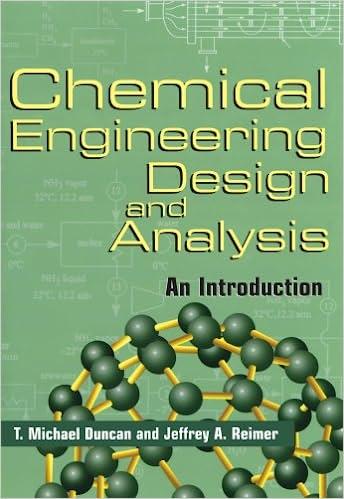please solve using 2.2 Small Hole Model
Calculate the leak rate through a hole of 0.5cm diameter found in a natural gas (methane) line of 10 -inch diameter. The pressure inside said line is 1000 psi. You can use the model described/proposed in the attached article. Note that you have to check if at these conditions supersonic velocities are reached at the leak. Natural Gas leak calculation model Hou et al 2020pdf which the pressare release rakes place: Locations of interest include point 1 , at the beginning of the pipe Point 2, at the center of the pipeline, on the same vertical axis as the leak point Point 3 , at the leak point Point 4 , at the outside of the pipe, exposed to atmospheric pressure To calculate the leakage rate, the following hypotheses are assumed: (a) a model of essentially one-dimensional flown (b) isentropic flow at the release point and adiabatic flow in the pipe; and (c) the gas behaves as an ideal gas. An air compression factor is added to the ideal gas equation of state to reduce the difference from the actual gas. By applying the energy and momentum equations to the adiabatic flow through a pipeline, the following equation is obtained [22]: kk+1ln(P2T1P1T2)+RG2M(T2P22T1P12)+(D4Xe)=0 In this expression, is the Fanning friction factor. The natural gas leakage rate K at the hole can be calculated using the following expression, which is obtained from the continuity equation and the law of ideal gases for an isentropic expansion: K=CDAorP2ZRT2Mk12k[(P2PA)2/k(P2Pu)k+1/k] where CD is the flow correction coeficient of the leaking hole [23] and is usually set to a value between 0.6 and 1.0. This coefficient is classified according to the shape of the hole. When the exact shape of the hole is unknown, a conservative value of 1.0 is usually recommended. This value was used in this paper [11]. The flow rate at the leak point depends on whether the flow is sonic or subsonic, which can be determined by the critical pressure ratio (CPR): CPR=P2rP2=(k+12)kk1, where P2 is the critical pressure at point 2 . If the pressure P2 at point 2 increases gradually, the speed of gas leakage will increase until it is equal to the local sound speed. At this moment, if P2 continues to increase, then the gas leakage rate remains constant and is always equal to the local sound speed and demarcates a critical stage of flow. When PA/P2









